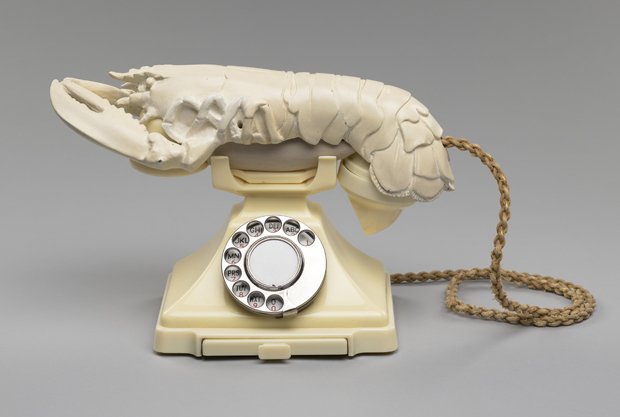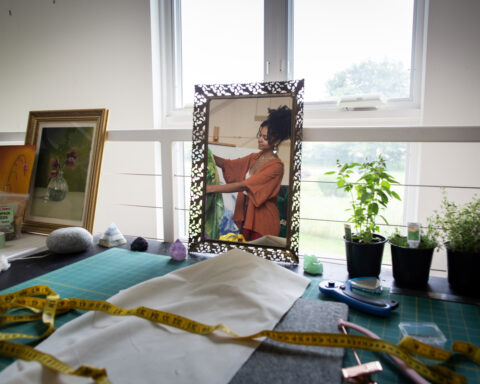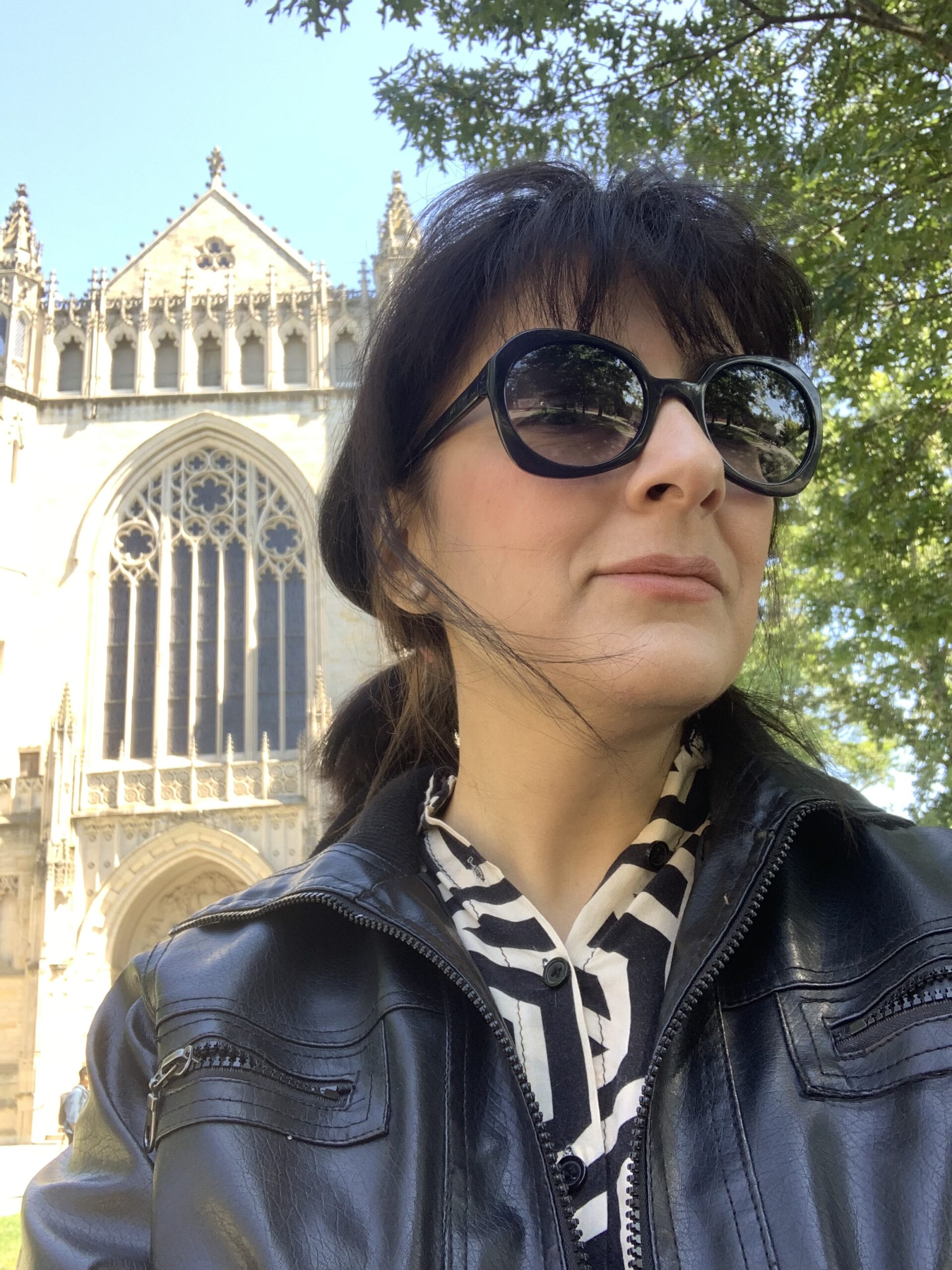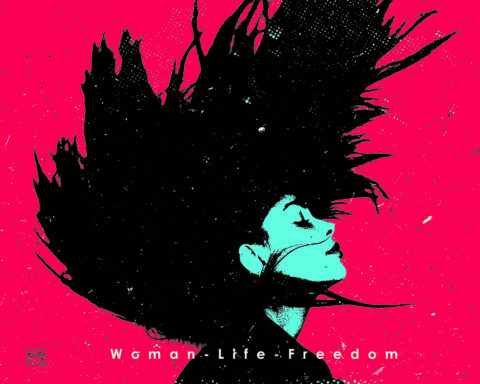Dada was an artistic and literary movement that began in Zürich, Switzerland. It arose as a reaction to World War I and the nationalism that many thought had led to the war. Influenced by other avant-garde movements – Cubism, Futurism, Constructivism, and Expressionism – its output was wildly diverse, ranging from performance art to poetry, photography, sculpture, painting, and collage. Dada’s aesthetic, marked by its mockery of materialistic and nationalistic attitudes, proved a powerful influence on artists in many cities, including Berlin, Hanover, Paris, New York, and Cologne, all of which generated their own groups. The movement dissipated with the establishment of Surrealism, but the ideas it gave rise to have become the cornerstones of various categories of modern and contemporary art.

Key Ideas & Accomplishments
- Dada was the direct antecedent to the Conceptual Art movement, where the focus of the artists was not on crafting aesthetically pleasing objects but on making works that often upended bourgeois sensibilities and that generated difficult questions about society, the role of the artist, and the purpose of art.
- So intent were members of Dada on opposing all norms of bourgeois culture that the group was barely in favor of itself: “Dada is anti-Dada,” they often cried. The group’s founding in the Cabaret Voltaire in Zürich was appropriate: the Cabaret was named after the 18th century French satirist, Voltaire, whose novella Candide mocked the idiocies of his society. As Hugo Ball, one of the founders of both the Cabaret and Dada wrote, “This is our Candide against the times.”
- Artists like Hans Arp were intent on incorporating chance into the creation of works of art. This went against all norms of traditional art production whereby a work was meticulously planned and completed. The introduction of chance was a way for Dadaists to challenge artistic norms and to question the role of the artist in the artistic process.
- Dada artists are known for their use of
readymades – everyday objects that could be bought and presented as art with little manipulation by the artist. The use of the readymade forced questions about artistic creativity and the very definition of art and its purpose in society.









